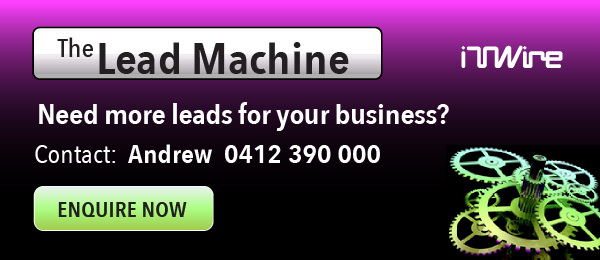|
|
Whether this news now increases the value of existing print editions in the second-hand market is yet to be seen, but it does mean a new lease of life for EB's digital versions which have been around 'for almost 20 years', as EB tells us, ending a 244 year print run that you'd imagine has only been beaten by the Bible and other religious texts.
To 'celebrate' the announcement, EB says that it is 'offering consumers free use of its popular online encyclopaedia for one week from today', and given that EB has always had a vastly more authoritative sheen to it than Wikipedia, traffic may well be boosted this week quite dramatically.
James Buckle, Managing Director of Encyclopaedia Britannica Asia Pacific, said: 'Our digital editions have been popular in Australia and New Zealand for more than 15 years and our subscribers include some of the country's most prestigious universities, libraries and schools.
'The retirement of our print set is another step in the digital direction and reflects the changing nature of our customers and their desire to have access to a constantly updated, fact checked online resource.
'We believe there will always been a need for a corroborated, accurate resource tool and we particularly look forward to continued growth in the e-Learning sector, which has been reported to be growing at around 25% annually in Australia.'
So, why else has EB decided to go purely digital?
The company's press release states that: 'The move is the latest in a series the company has made over recent years in the direction of digital publishing and a wider range of educational products.
'The company began exploring digital publishing in the 1970s and created the first digital version of the Britannica'”likely the first digital encyclopaedia ever'”for LexisNexis users in 1981. It published the first multimedia encyclopaedia, on CD-ROM, in 1989 and the first encyclopaedia on the Internet in 1994.
'As Britannica expanded and diversified its Internet reference services in the years since, it also used its acquired expertise in online education to move beyond reference and into the $10-billion school curriculum and digital-learning markets globally, developing instructional programs and e-books in maths, science, and the humanities now used in classrooms around the world.'
James Buckle's comments conclude on page two, including a statement on 'what hasn't changed' - please read on.
EB's James Buckle continues:
|
'The online versions of Britannica serve more than 100 million people worldwide, and are available for computers, notebooks, e-readers, tablets, smartphones and other handheld devices.
'The company is also moving vigorously to develop community features for its online users. At Britannica's preK-12 school site, teachers share lesson plans. Britannica Online allows readers to make revisions directly to the encyclopaedia, which are published after editorial review and revision if necessary. Britannica language and dictionary subsidiary Merriam-Webster.com boasts community features in which visitors share thoughts on words and usage.'
EB's James Buckle adds that: 'We're digital, we're mobile, and we're social. We're a very different company from twenty or thirty years ago.'
EB says that one thing that 'hasn't changed is the way Britannica products are created and maintained'.
The company notes it 'has a worldwide network of thousands of expert contributors and a staff of more than 100 editors who edit, review and fact-check Britannica content to make sure it's accurate, reliable and up to date.
'Contributors include many scholars, Nobel laureates and world leaders, such as Bill Clinton, Desmond Tutu, Ian Rankin, Francisco Jose Ayala, Jody Williams, Chris Evert and Tony Hawk.
'The company works with and consults educators and instructional designers extensively in creating its classroom products.'
For more information, you can read the Britannica Blog, with the reminder from EB that its content is available free of charge for one week from today.









































